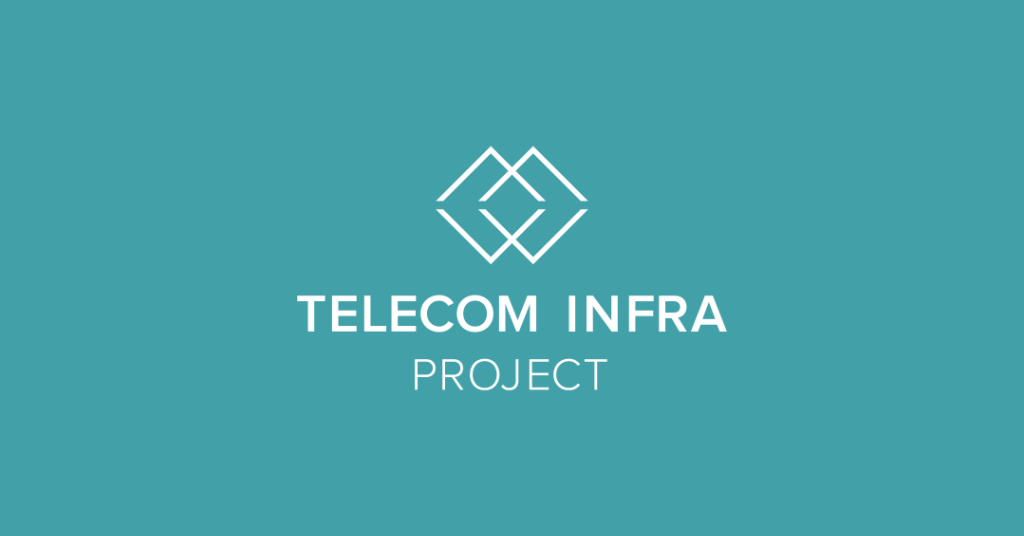
- This event has passed.
TIP mmWave Networks Workshop in Berlin
TIP project group mmWave Networks hosted workshops to facilitate collaboration between members.
The TIP mmWave Networks Project Group (PG) hosted a 3-day workshop in Berlin from June 26-28, 2018. This workshop was held to encourage the industry to collaborate and solve the technical, business-case, and deployment challenges facing mmWave networks which is important for accelerating the adoption of mmWave technologies with global network operator and OEM partners.

